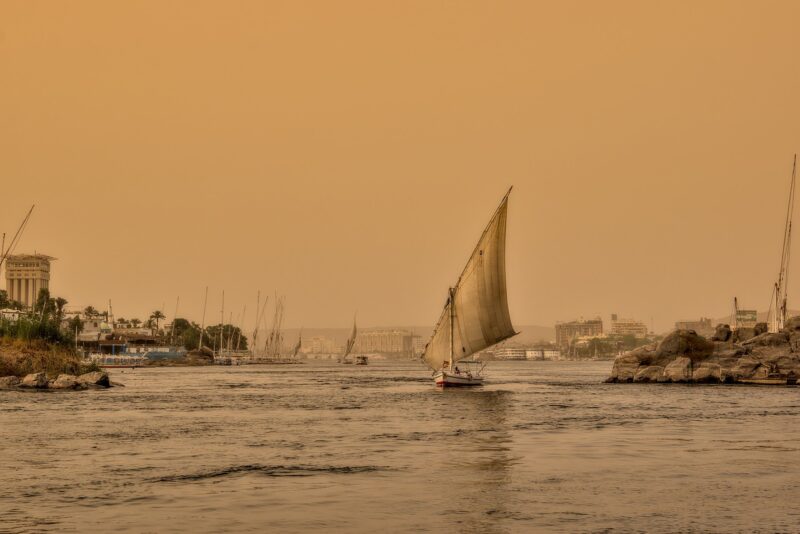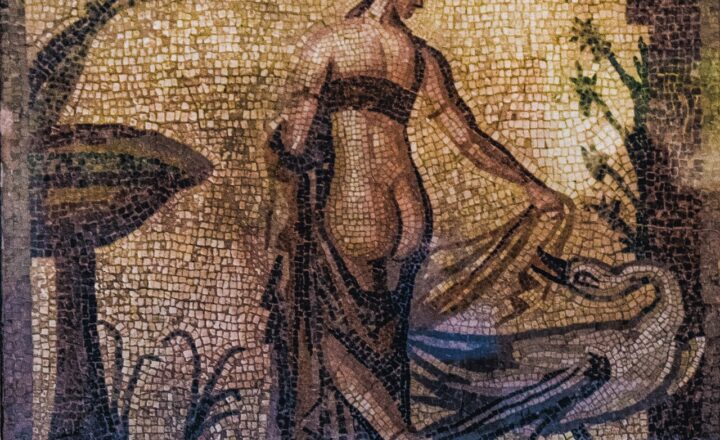A Journey Down the Nile: How One River Has Shaped Civilizations for Millennia
November 14, 2024

The Nile River, stretching approximately 6,650 kilometers, is known as the longest river in the world and has played a pivotal role in shaping the sociopolitical landscape of northeastern Africa. Flowing through eleven countries, including Uganda, Sudan, and Egypt, this river has influenced human civilization for thousands of years. This article explores the historical, cultural, and economic significance of the Nile as well as its ongoing impact on contemporary society.
1. The Geographic Journey of the Nile
Before delving into its historical impact, let’s take a brief look at the geography of the Nile. The river is traditionally divided into two main tributaries: the White Nile and the Blue Nile. The White Nile originates from Lake Victoria, primarily flowing through Uganda and Sudan, while the Blue Nile starts in Ethiopia and contributes the majority of the river’s water during the rainy season.
As we journey down the Nile, we find lush riverbanks and vast floodplains that have sustained agriculture for millennia. The annual flooding of the Nile deposited nutrient-rich silt along its banks, allowing ancient communities to cultivate crops. This dependable agricultural cycle was crucial to the rise of early civilizations.
2. Ancient Civilizations and the Nile
The influence of the Nile on ancient Egyptian civilization cannot be overstated. The Egyptians regarded the river as a giver of life, referring to it as “Iteru,” which means “great river.” The river was central to their economy, culture, and religion.
2.1 Agriculture and Trade
The Nile provided a fertile environment for agriculture, leading to the cultivation of staple crops such as wheat and flax. This agricultural bounty supported population growth and urbanization, ultimately giving rise to cities along the riverbanks, such as Memphis and Thebes. Trade routes blossomed along the Nile, facilitating commerce between different regions and fostering economic interdependence.
2.2 Religion and Mythology
The river was also central to the Egyptian pantheon. Key deities such as Hapi, the god of the annual flooding of the Nile, and Osiris, associated with fertility and the afterlife, were worshipped extensively. Festivals celebrated the inundation and were vital for the preservation of cultural identity.
3. The Nile’s Historical Role
Throughout history, the Nile has served various civilizations, transitioning from the Pharaonic era to the Roman Empire and beyond.
3.1 The Pharaonic Era
In ancient Egypt, the construction of monumental architecture, including the Pyramids of Giza, was heavily reliant on the resources provided by the Nile. Stone for these grand edifices was often transported along the river. The Nile’s accessibility allowed for an advanced civilization that flourished in art, science, and engineering.
3.2 The Roman Influence
When Rome conquered Egypt, they recognized the Nile’s strategic importance for agriculture and transport. The Romans expanded irrigation systems and trade networks, solidifying agricultural production and ensuring steady supplies of grain to Rome. The Nile was not just a transportation artery; it also became a symbol of imperial power.
4. The Nile in Modern Times
As we enter the modern era, the Nile continues to be of paramount importance. Today, it serves several million people across multiple countries. However, the river also faces challenges, such as climate change, pollution, and the politics surrounding water rights among the Nile Basin countries.
4.1 Agriculture and Economy
Modern agriculture along the Nile remains crucial. Countries like Egypt depend on the river for irrigation, sustaining crops that feed their populations. New technologies have been developed to optimize water usage, balancing agricultural needs with the preservation of the river’s ecosystem.
4.2 Political Dynamics
The Nile is at the center of geopolitical tensions among its basin countries, particularly with projects like the Grand Ethiopian Renaissance Dam. These initiatives raise questions about water allocation and sustainability. Negotiations and treaties play a crucial role in ensuring equitable access to this vital resource, as countries work together to balance their interests.
5. Cultural Significance of the Nile
The cultural impact of the Nile extends to art, literature, and everyday life. It has inspired countless works of literature and art reflecting the beauty and power of the river. Local traditions and practices continue to flourish thanks to the river, and its presence is felt in the local cuisine, customs, and daily routines of those living along its banks.
Conclusion
The Nile River, a vital artery through the heart of northeastern Africa, encapsulates the intricate relationship between a natural resource and the development of human civilization. From its life-giving waters that nurtured ancient societies to its role in modern geopolitical discussions, the Nile remains ever influential. Understanding the history and significance of the Nile is not only essential for appreciating our past but also crucial for addressing the challenges it faces today. As we continue on this journey down the Nile, we are reminded of its enduring legacy and ongoing importance in shaping the lives of millions.
Whether it be through agriculture, trade, or political discourse, the river continues to flow through the heart of civilization, reminding us of the profound interconnectedness of our world.







